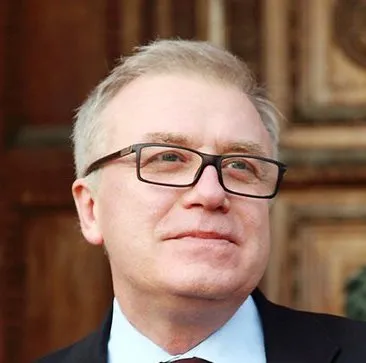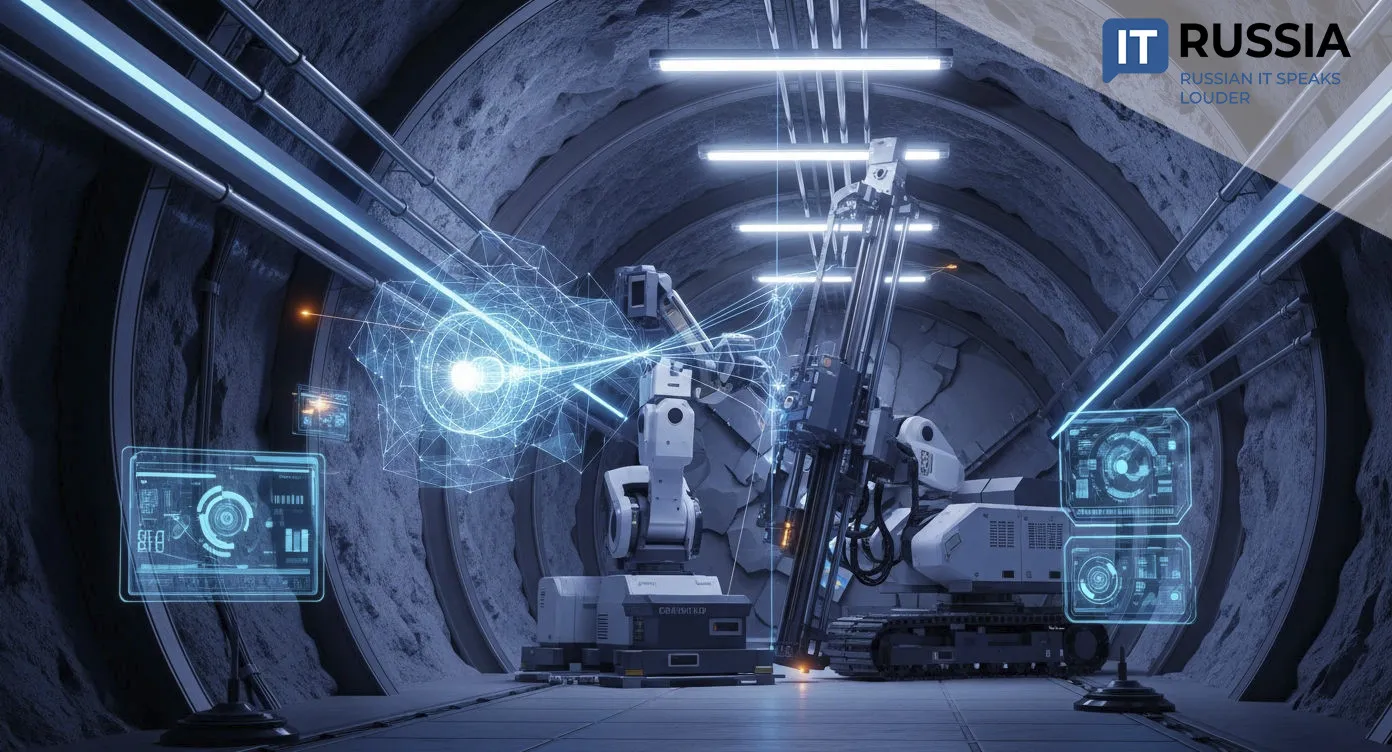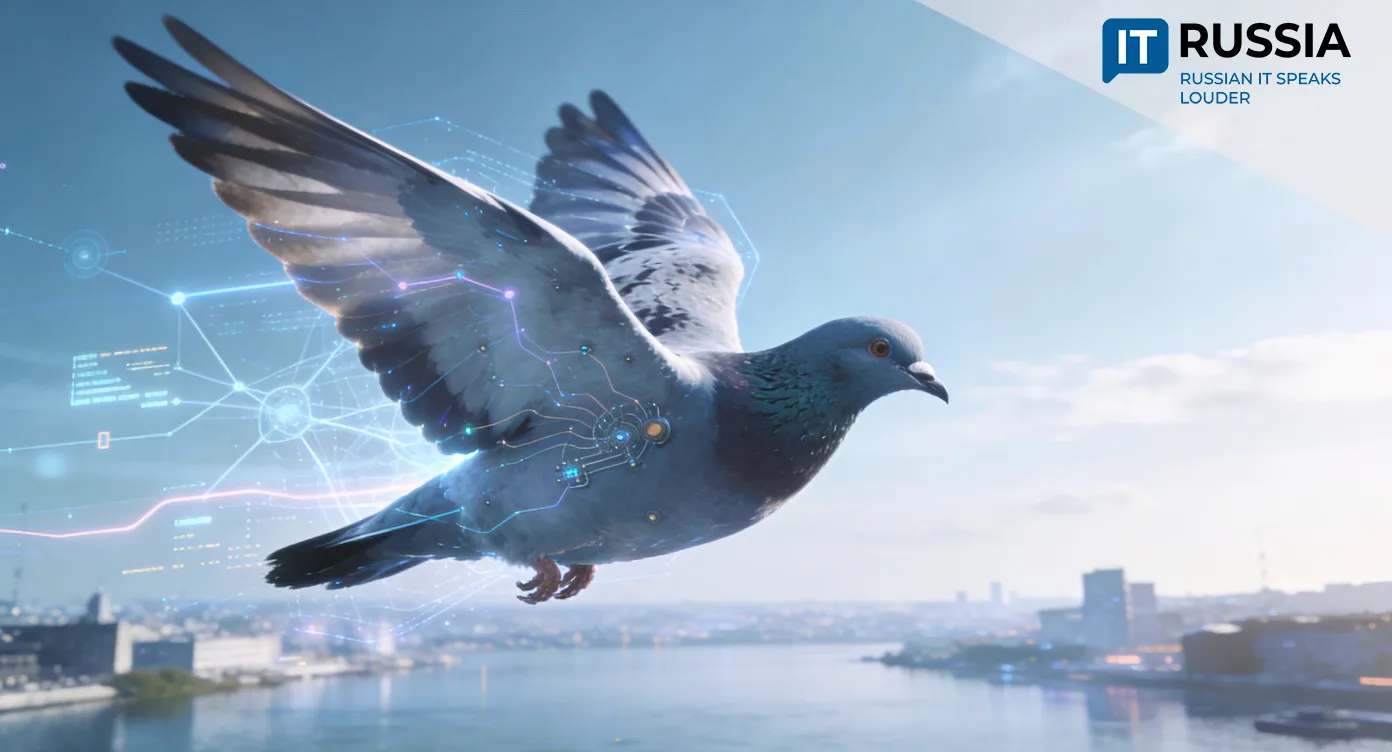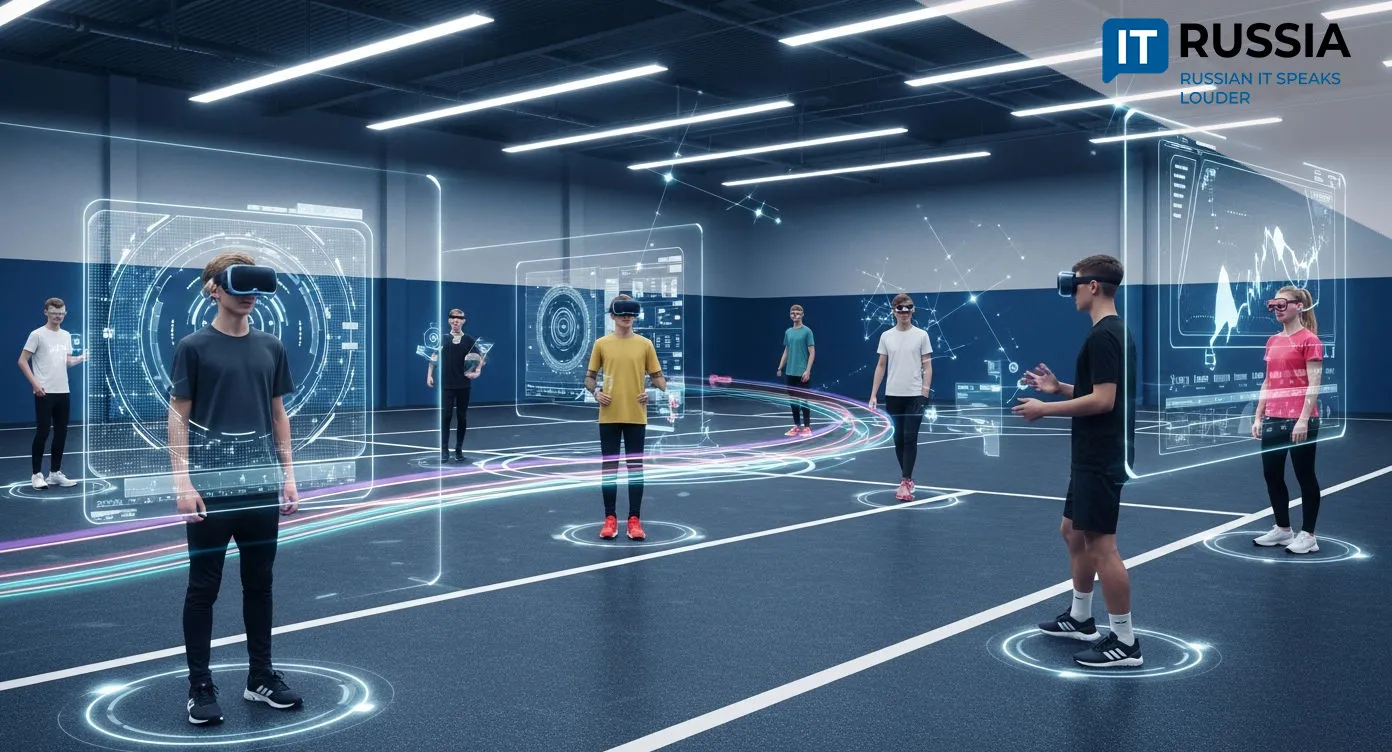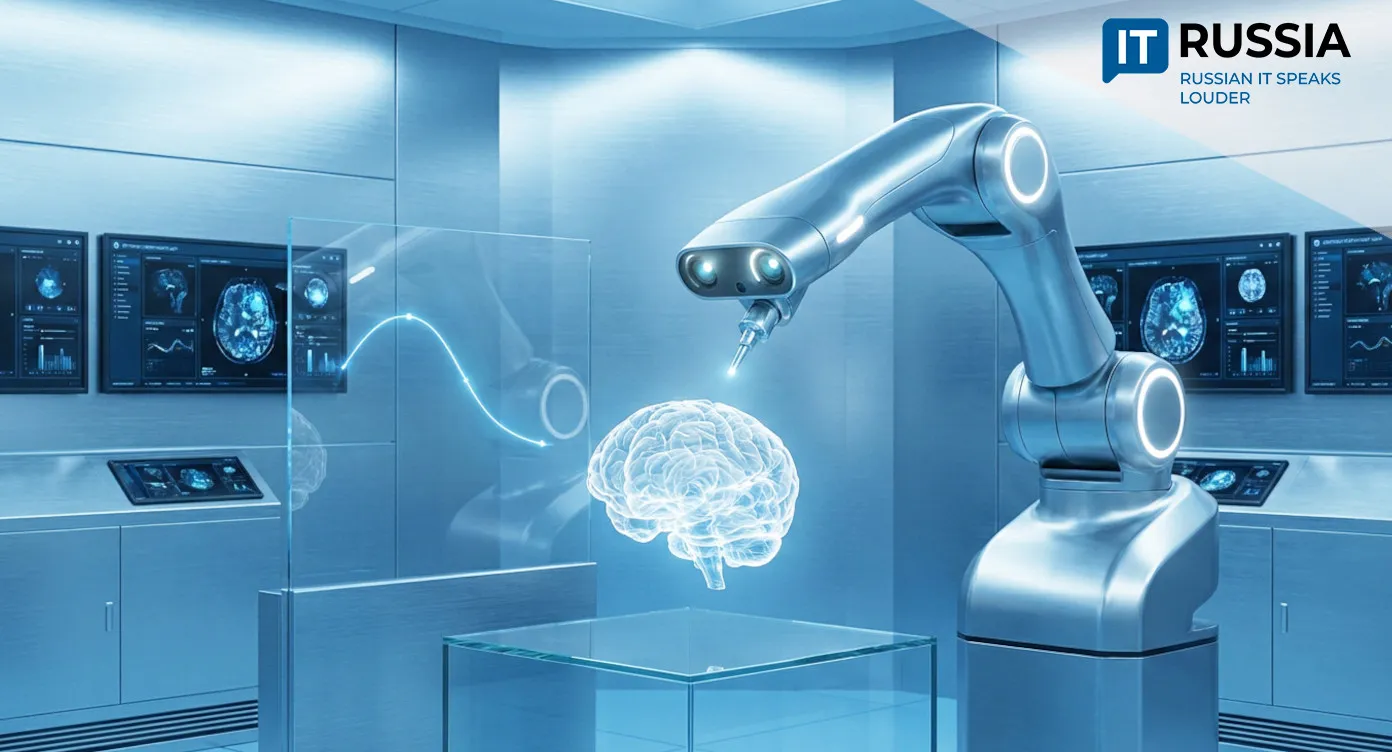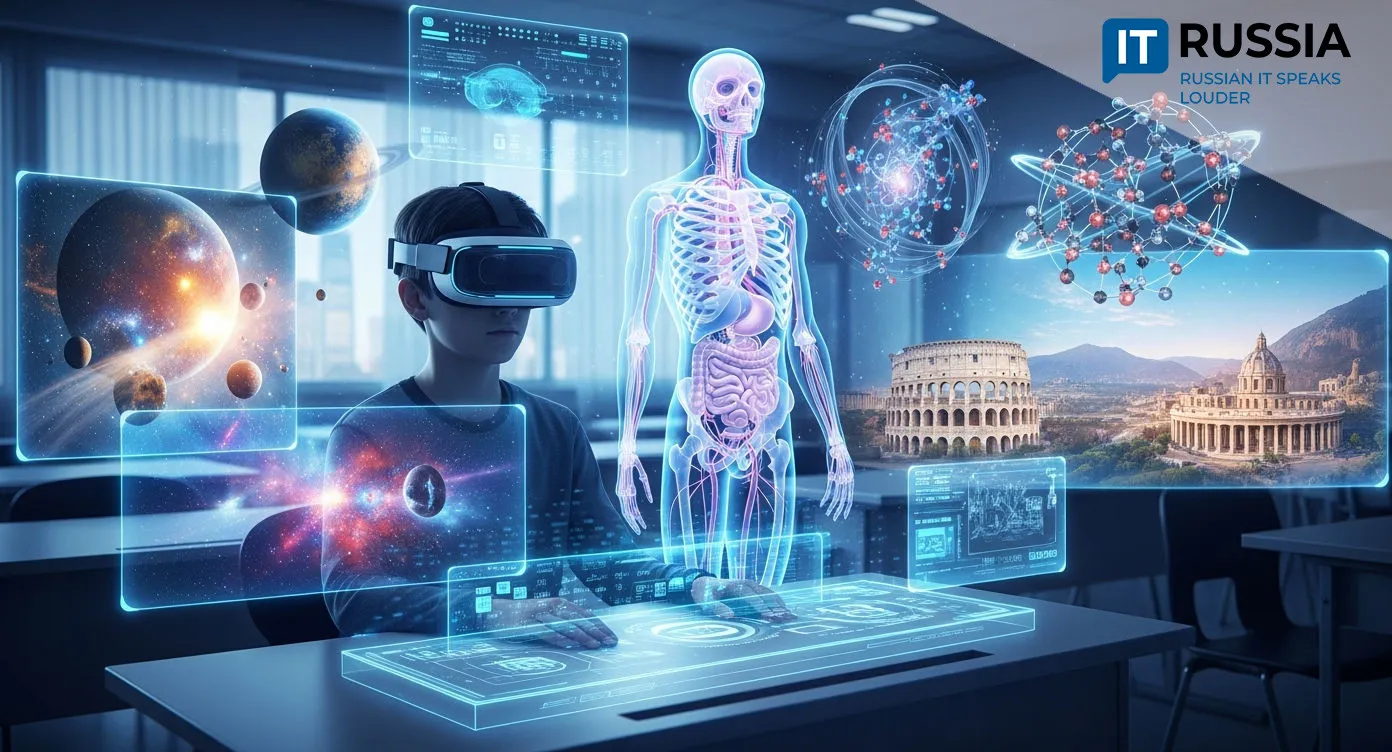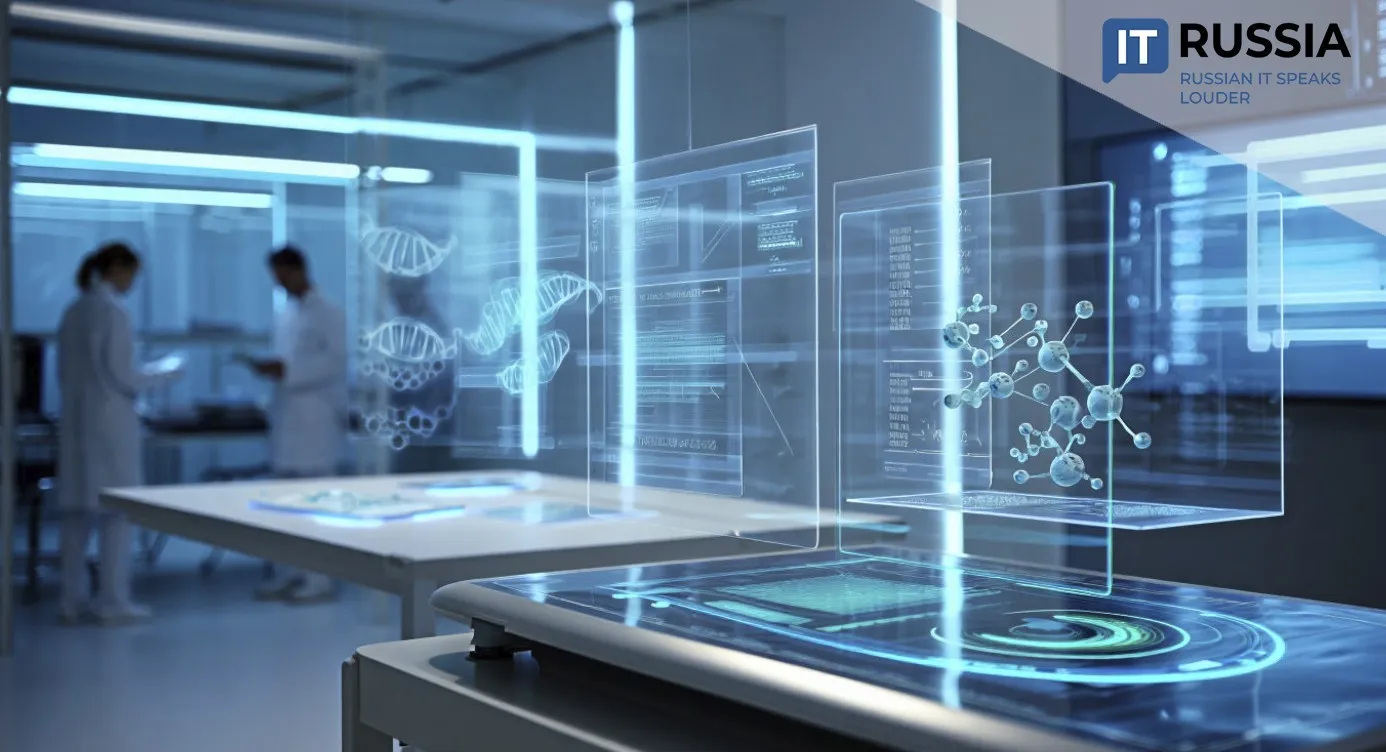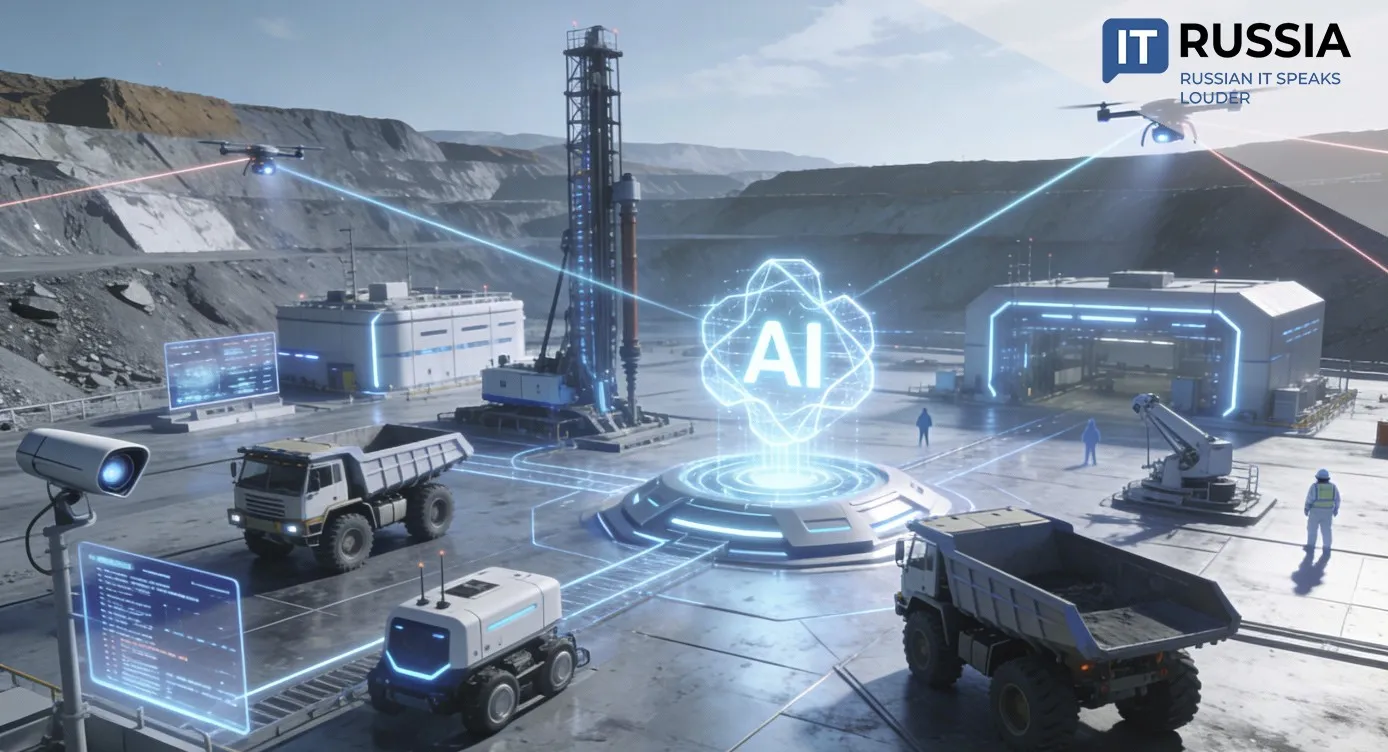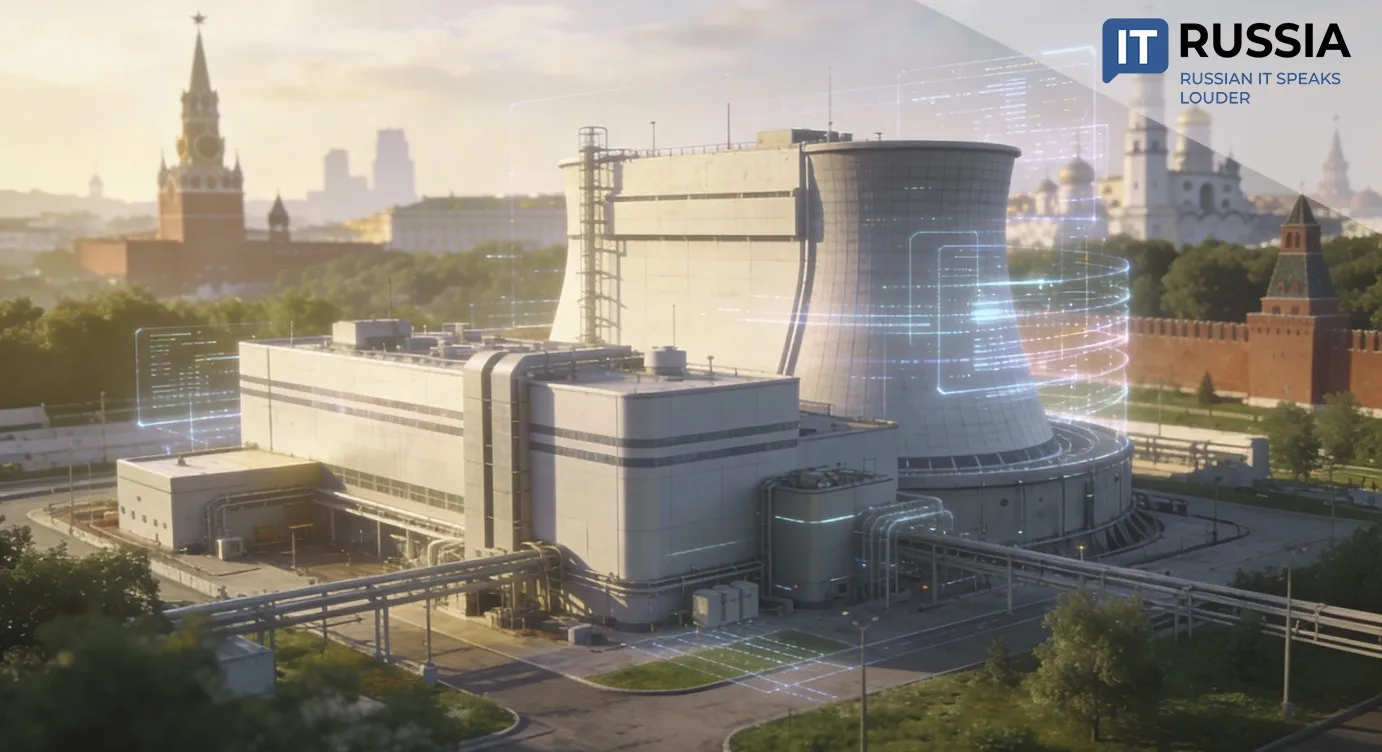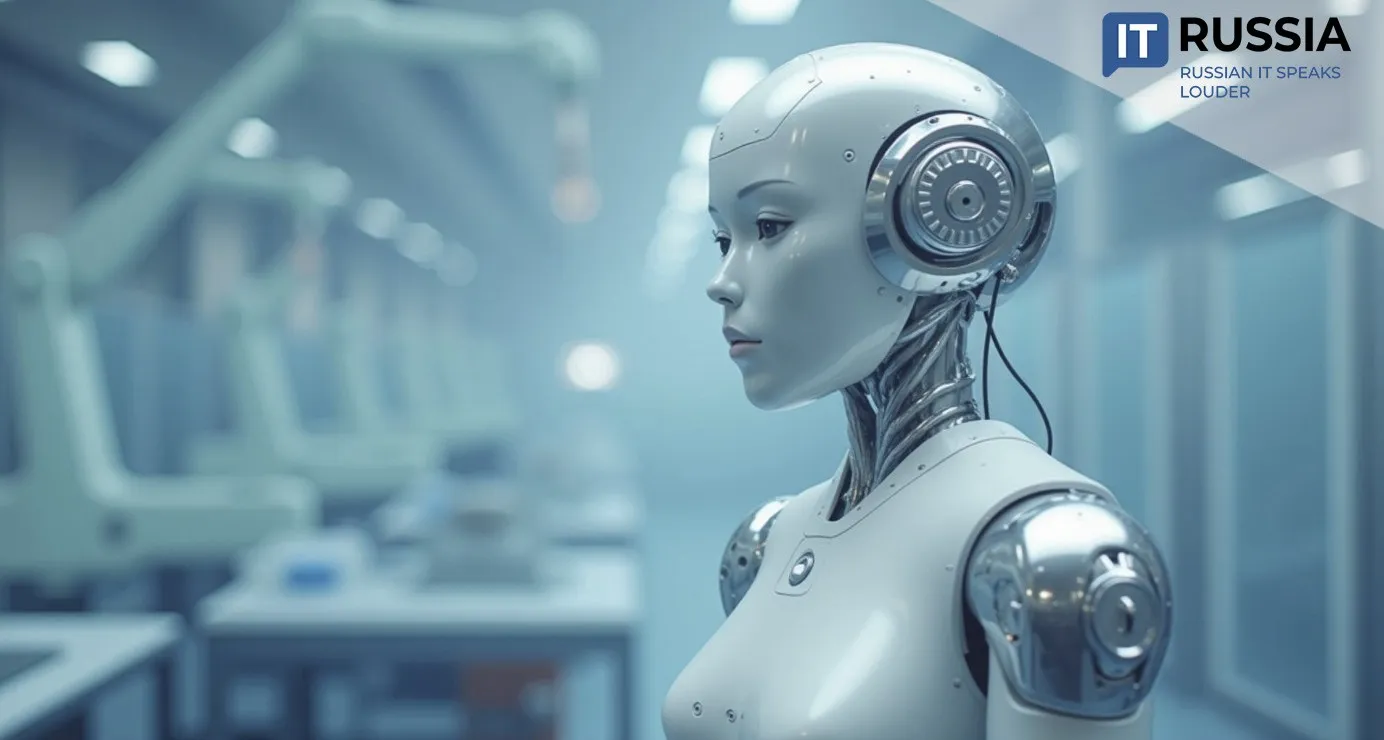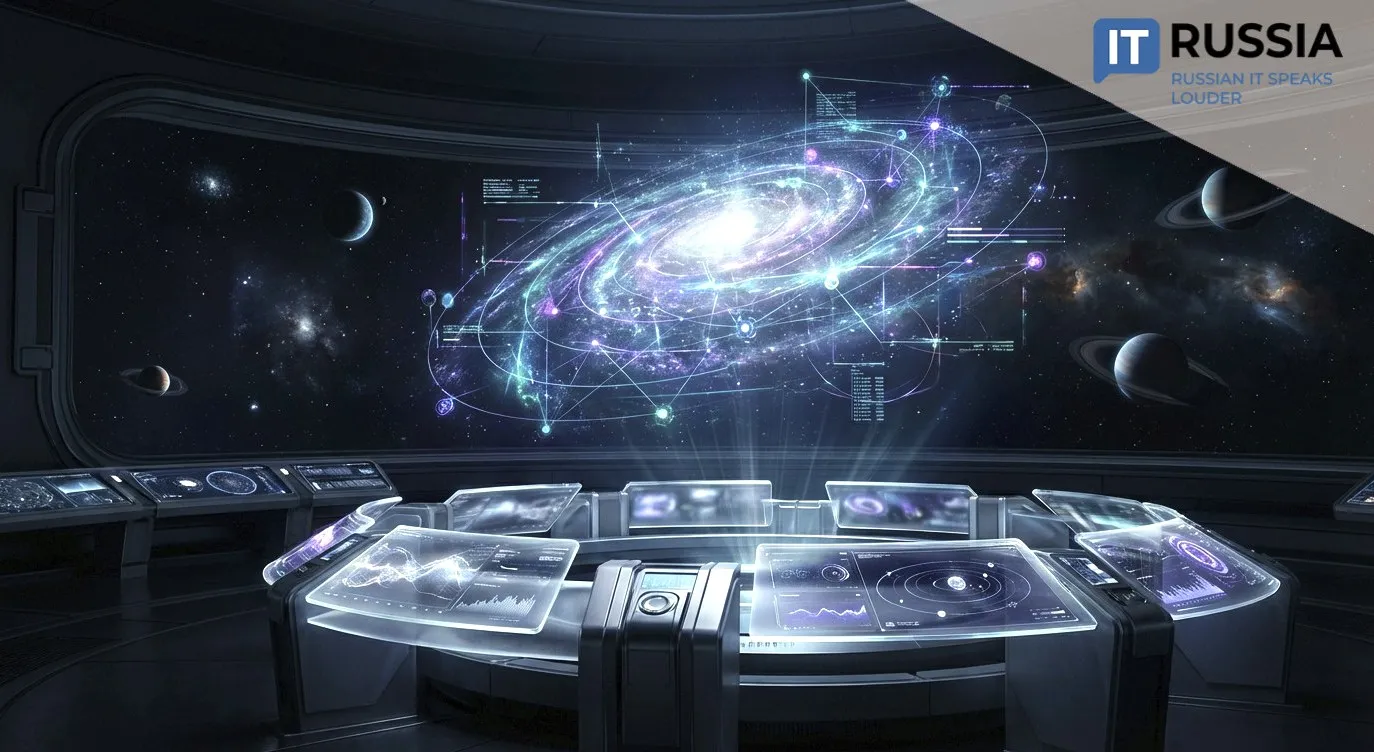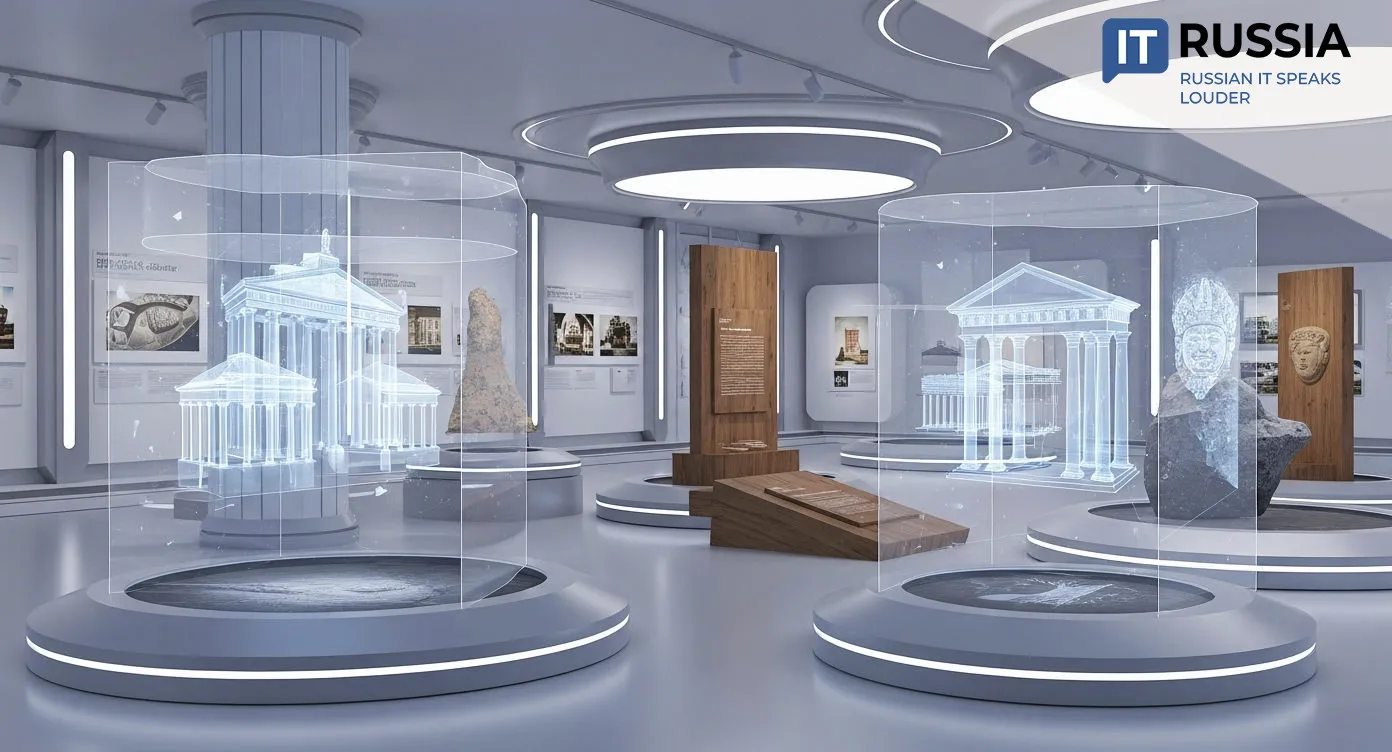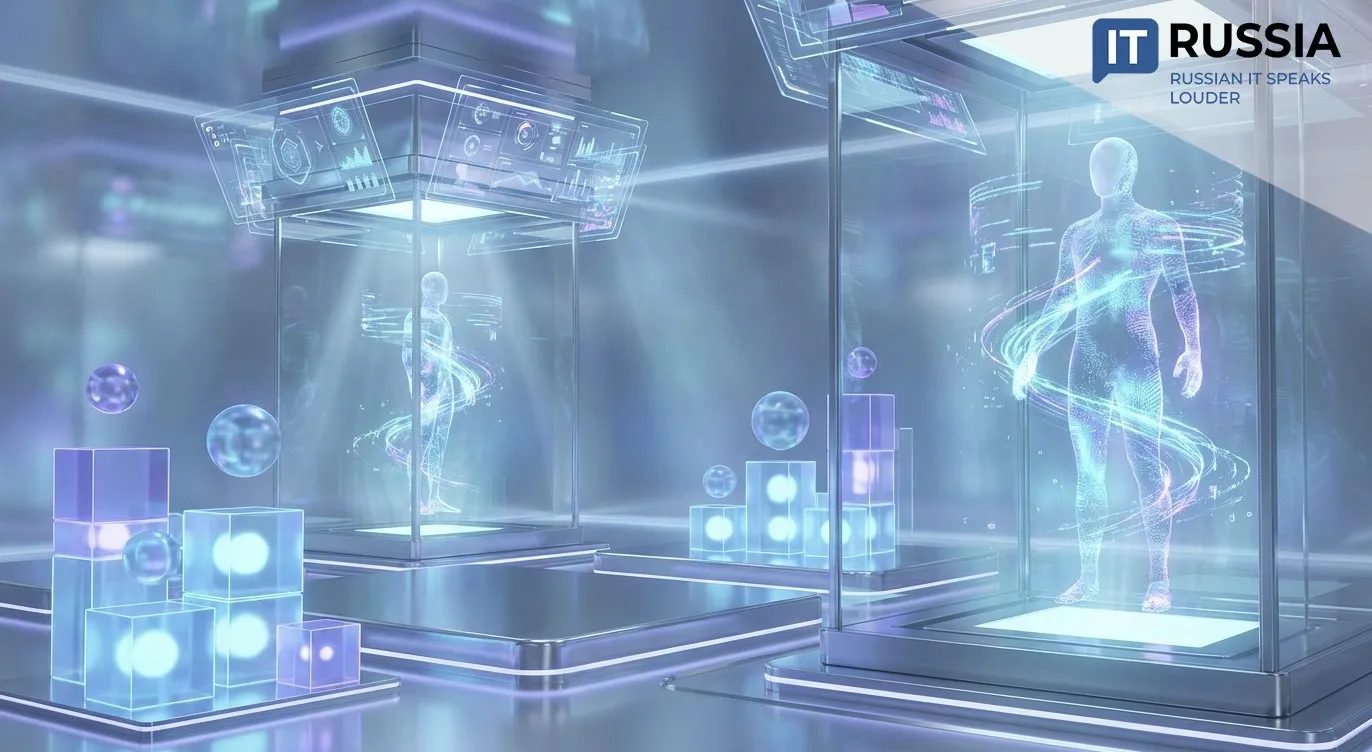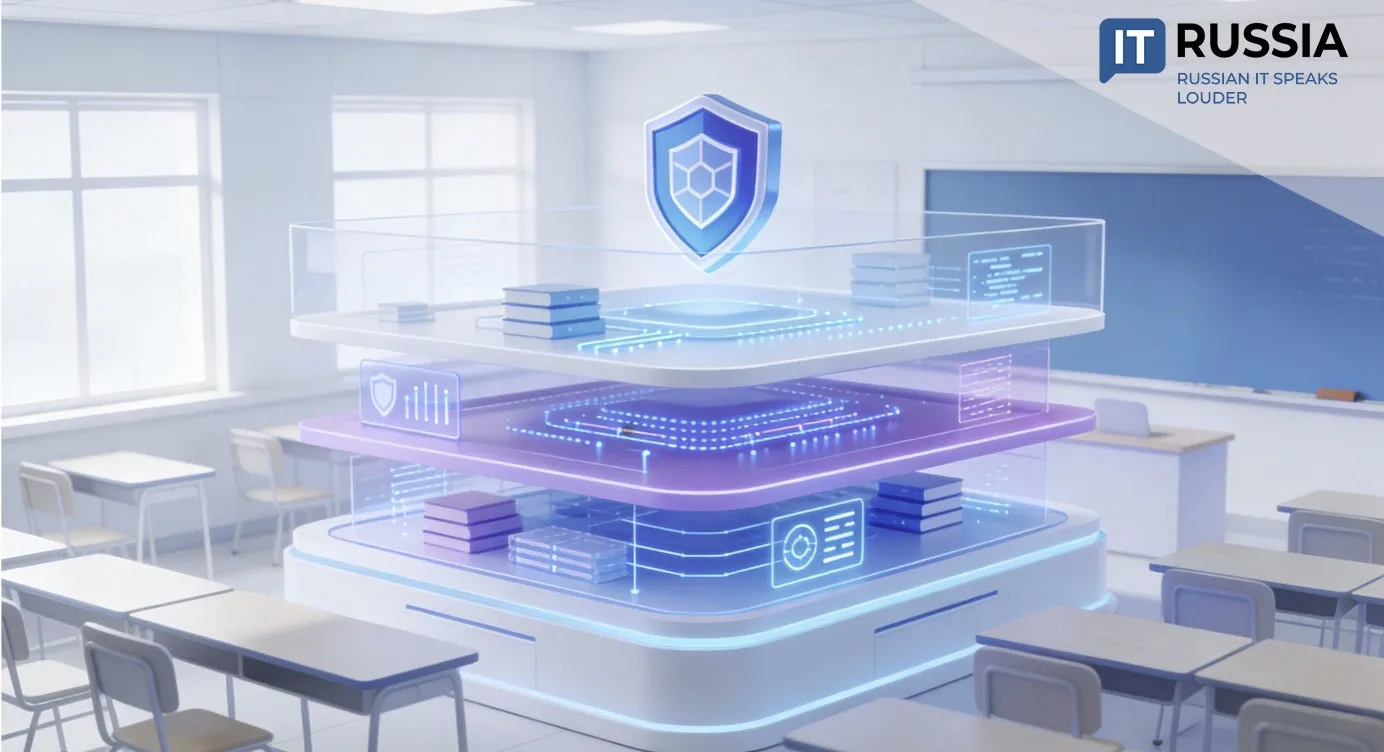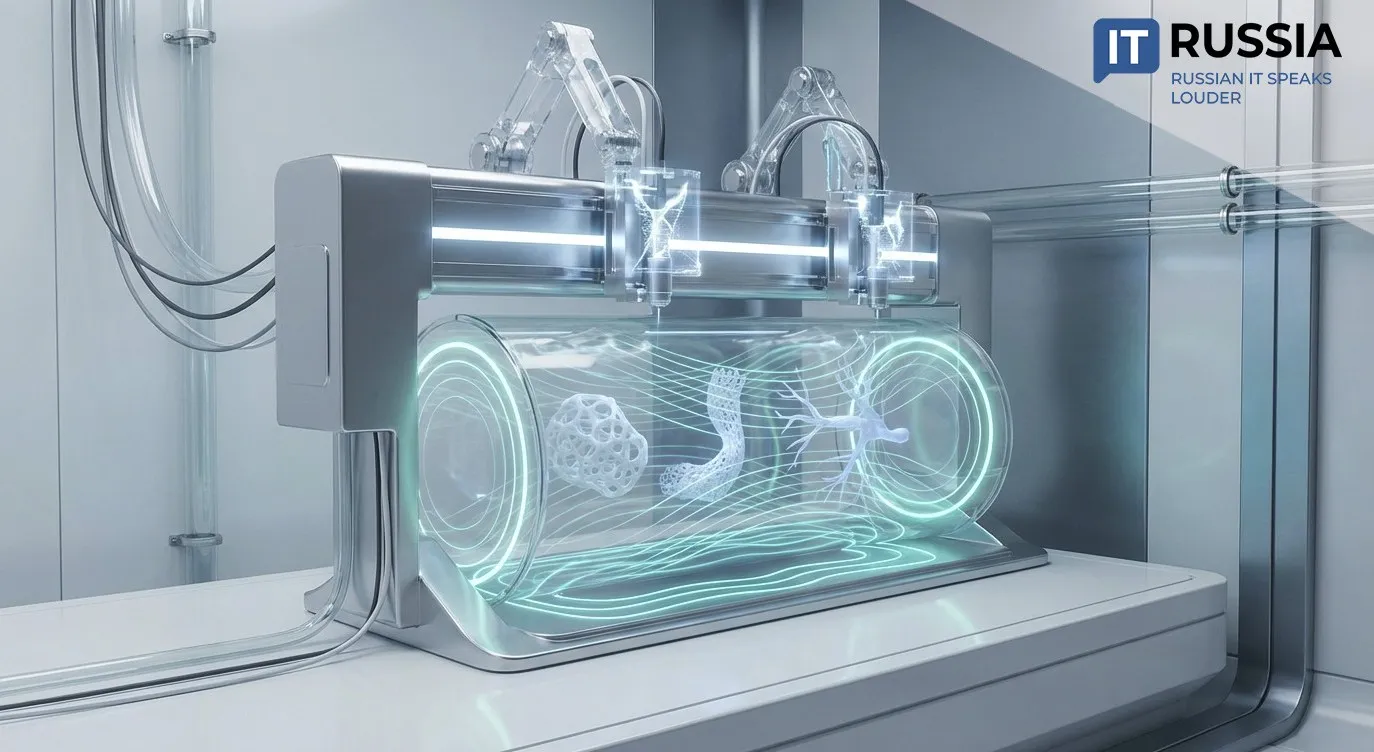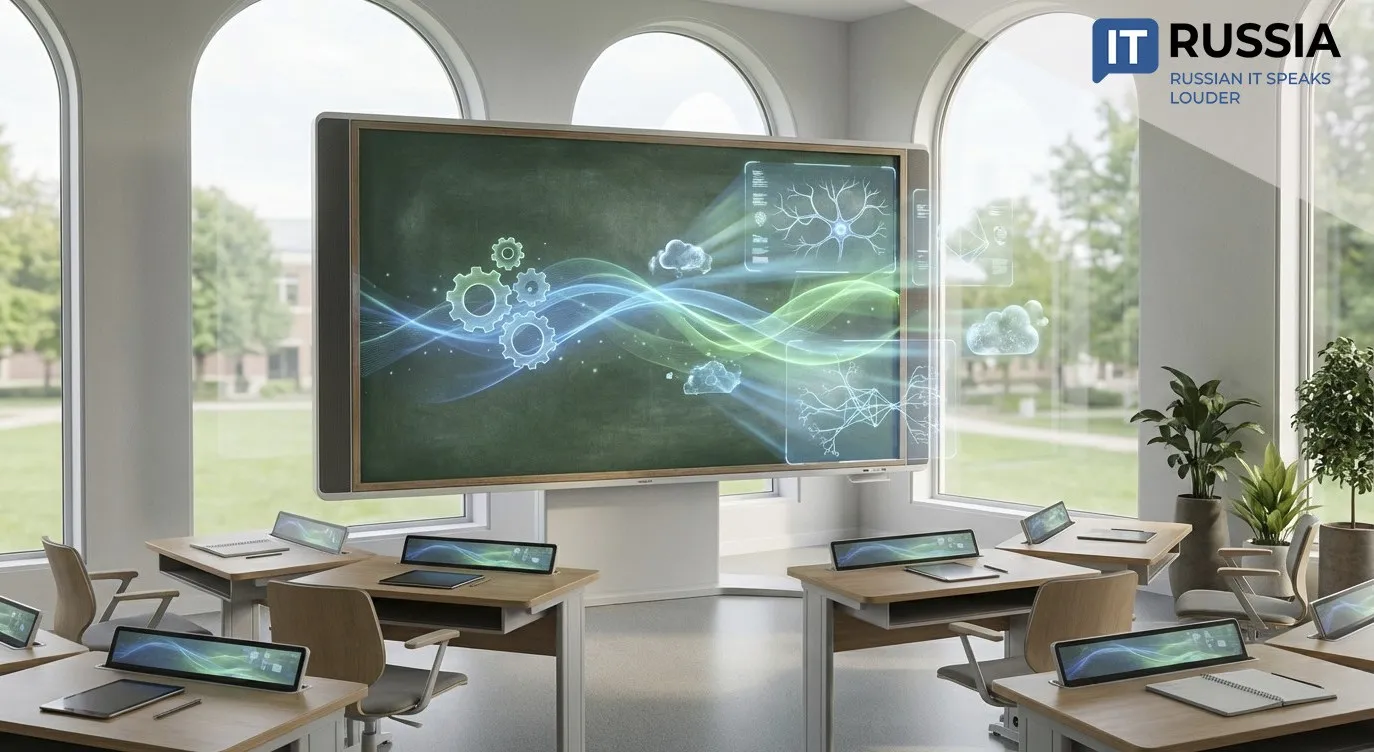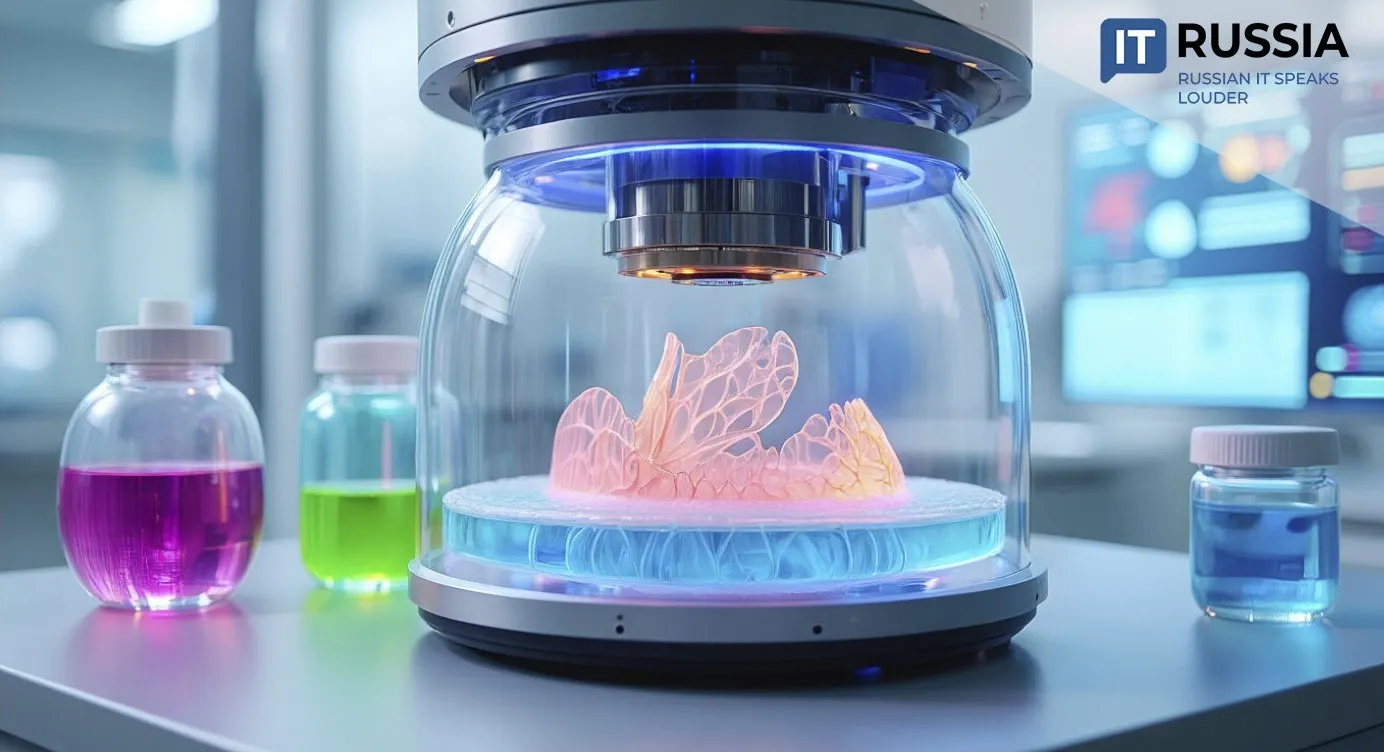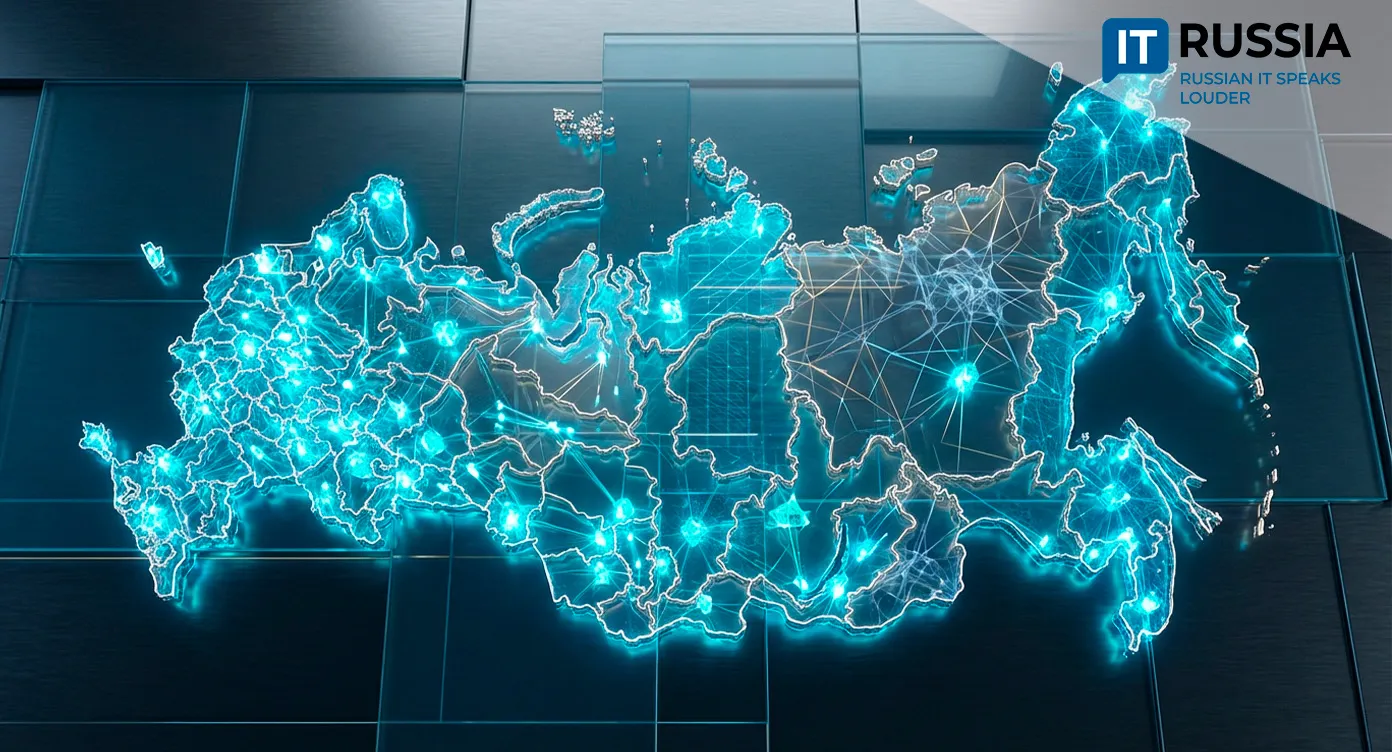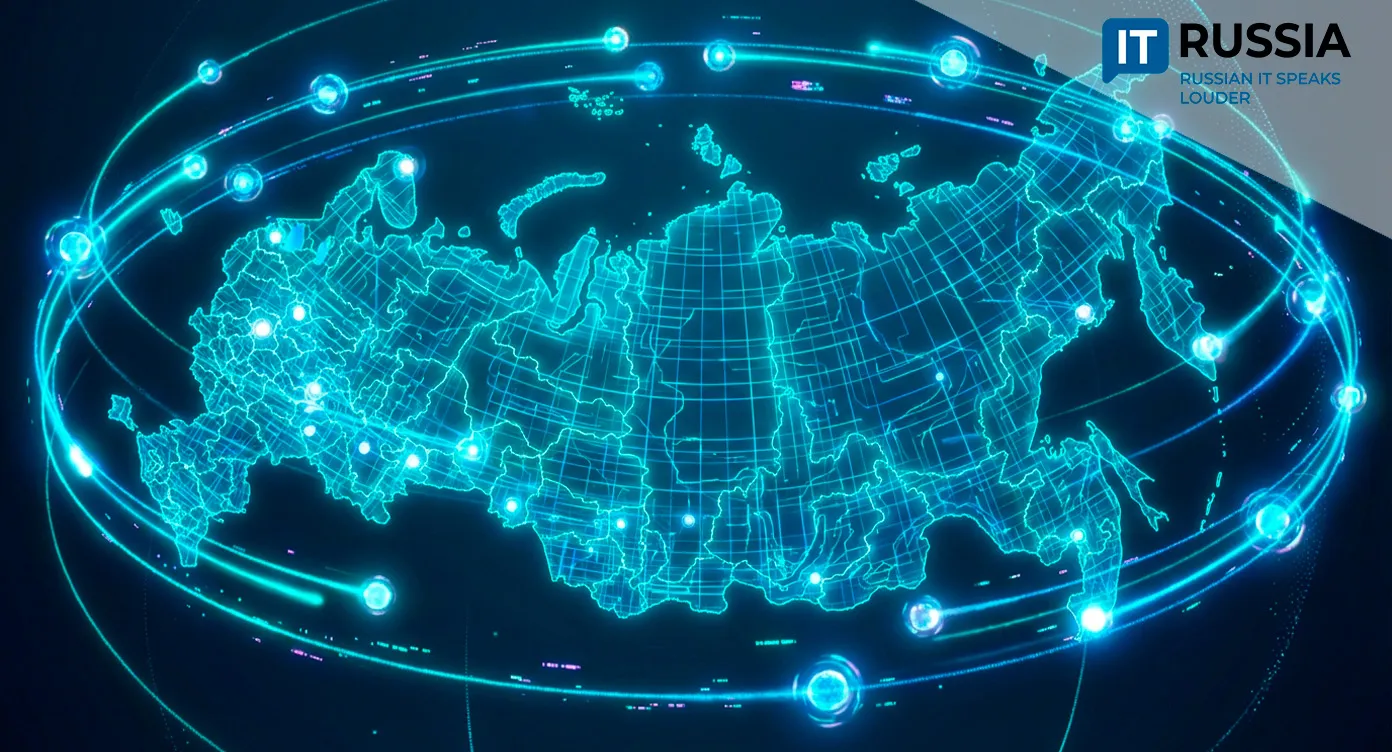AI Restores the Past: Russian Archaeologists Use Neural Networks to Reconstruct Ancient Artifacts
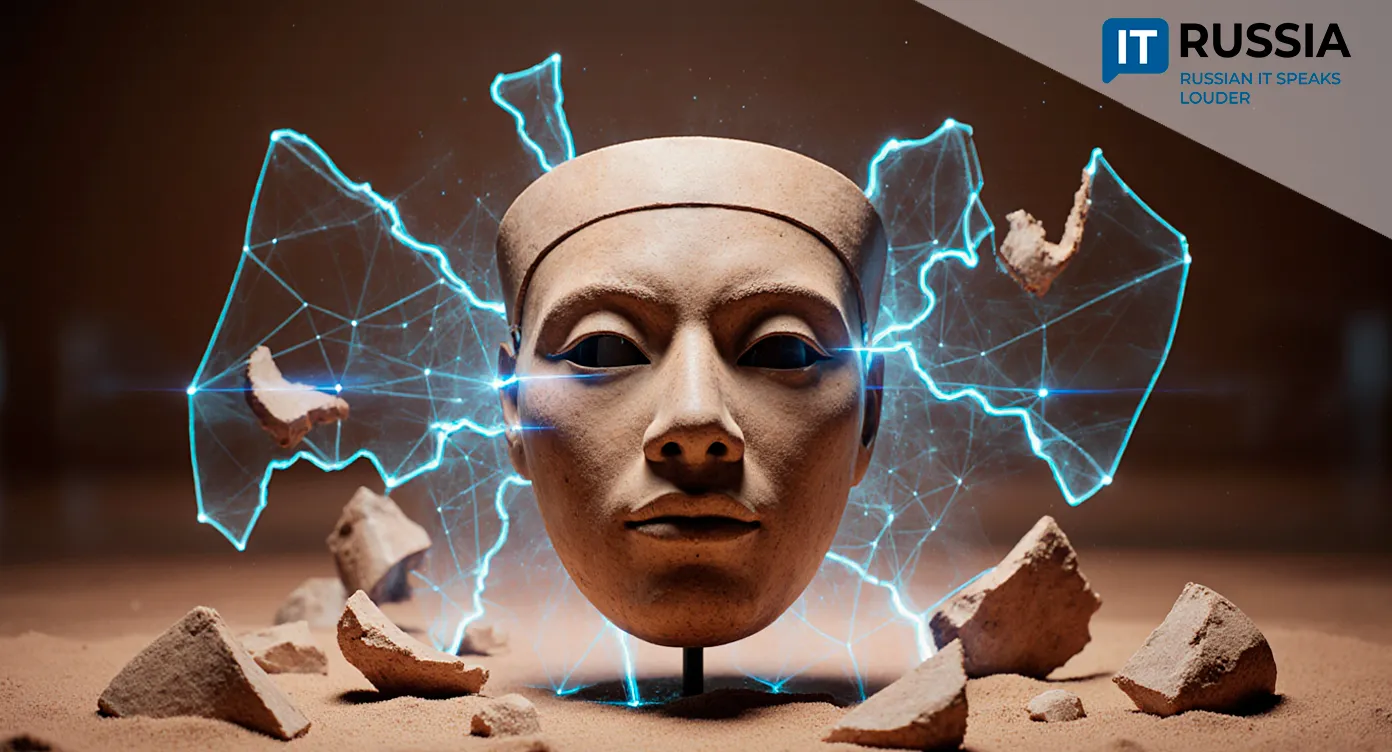
At Moscow’s State Historical Museum, artificial intelligence has been used to digitally reconstruct a rare Tashtyk burial mask, showing how technology can breathe new life into cultural heritage.
A perfect likeness
Burial masks are more than archaeological finds; they are works of art created with exceptional craftsmanship. Many surviving examples are heavily damaged, but modern technologies now make it possible to restore artifacts—at least virtually—to their original form. Specialists, together with a leading Russian bank’s immersive technology center, recreated the look of an ancient Tashtyk funeral mask preserved at the State Historical Museum.
The experiment relied on the latest 3D scanning, AI reconstruction, and digital restoration tools. According to the museum, the interactive 3D model was built using archaeological research and mask-making techniques and is considered a highly accurate representation of the original artifact.
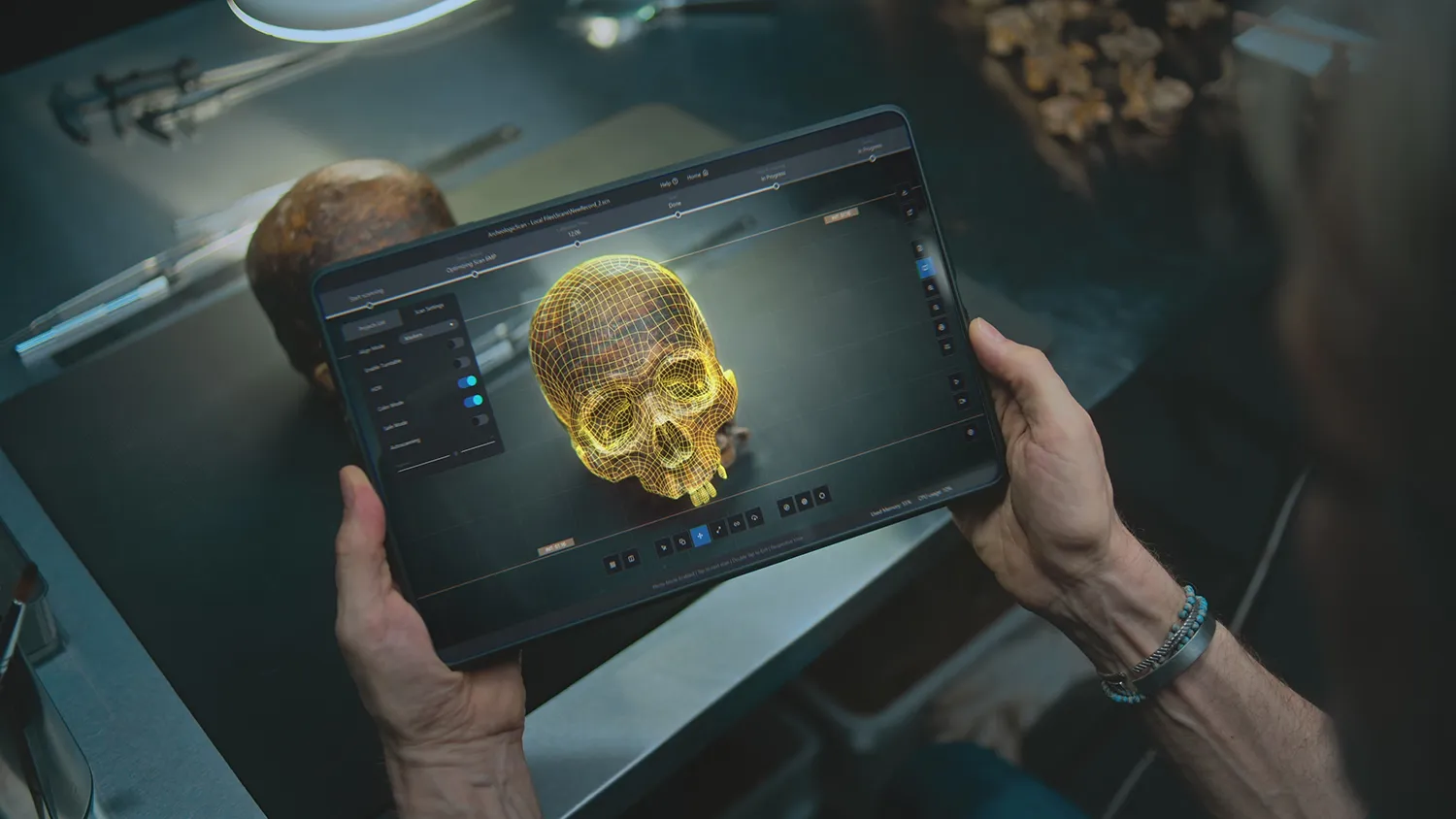
Hundreds of masks await restoration
Between the 2nd century BCE and the 5th century CE, the Tashtyk people created burial masks from plaster as part of funerary traditions. The museum’s collection includes 26 fully restored masks, six partially preserved, and fragments of about 200 more. Most of these were discovered in the early 20th century during excavations in the Yenisei Province.
The newly restored mask not only showcases the artistry of the ancient culture but also paves the way for future restorations of comparable quality.
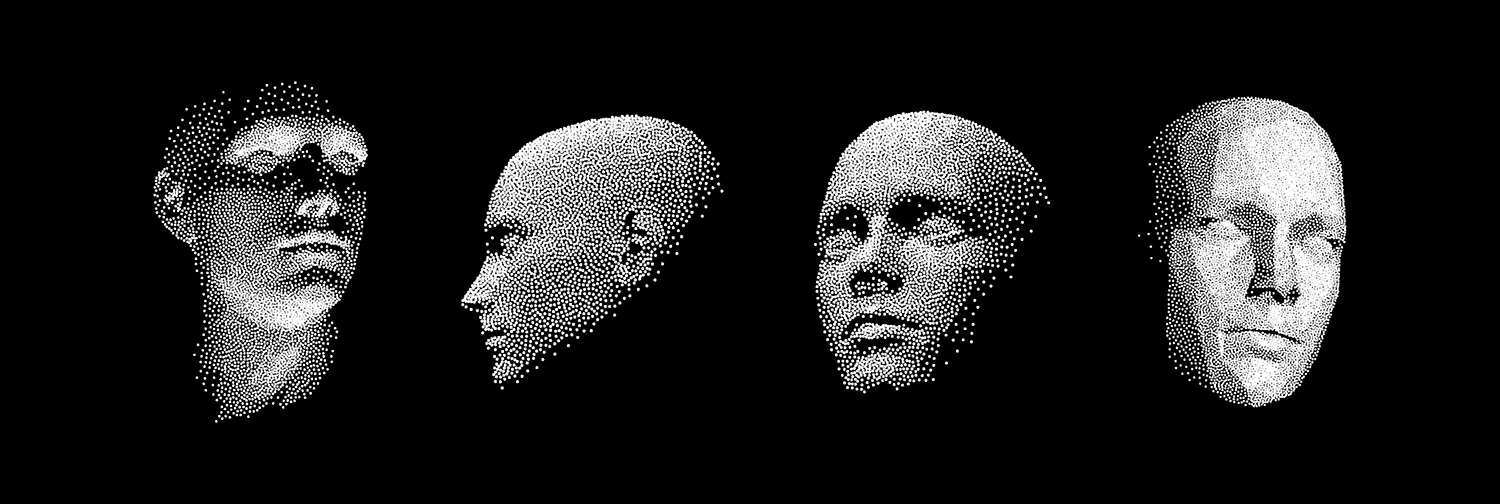
Why AI matters in archaeology
Modern technologies allow archaeologists to study the structure and composition of artifacts without endangering them. Digital models reduce handling risks and broaden access to exhibits. Interactive reconstructions also bring ancient cultures to life, making them more engaging for the public. Neural networks help fill gaps when artifacts are incomplete, reconstructing missing fragments based on known patterns. By analyzing archaeological data, AI generates scientifically grounded images that recreate past eras with remarkable accuracy.
Learning from global peers
The use of AI in art and archaeology is a global trend. In Italy, for instance, the 2021–2022 Digital Humanities project “Florence as It Was” created high-precision virtual reconstructions of medieval and Renaissance landmarks, including the 14th-century Orsanmichele Church and numerous frescoes. In the Russian project, AI functions as a tool that studies surviving fragments, analyzes style and color, and proposes restoration options.
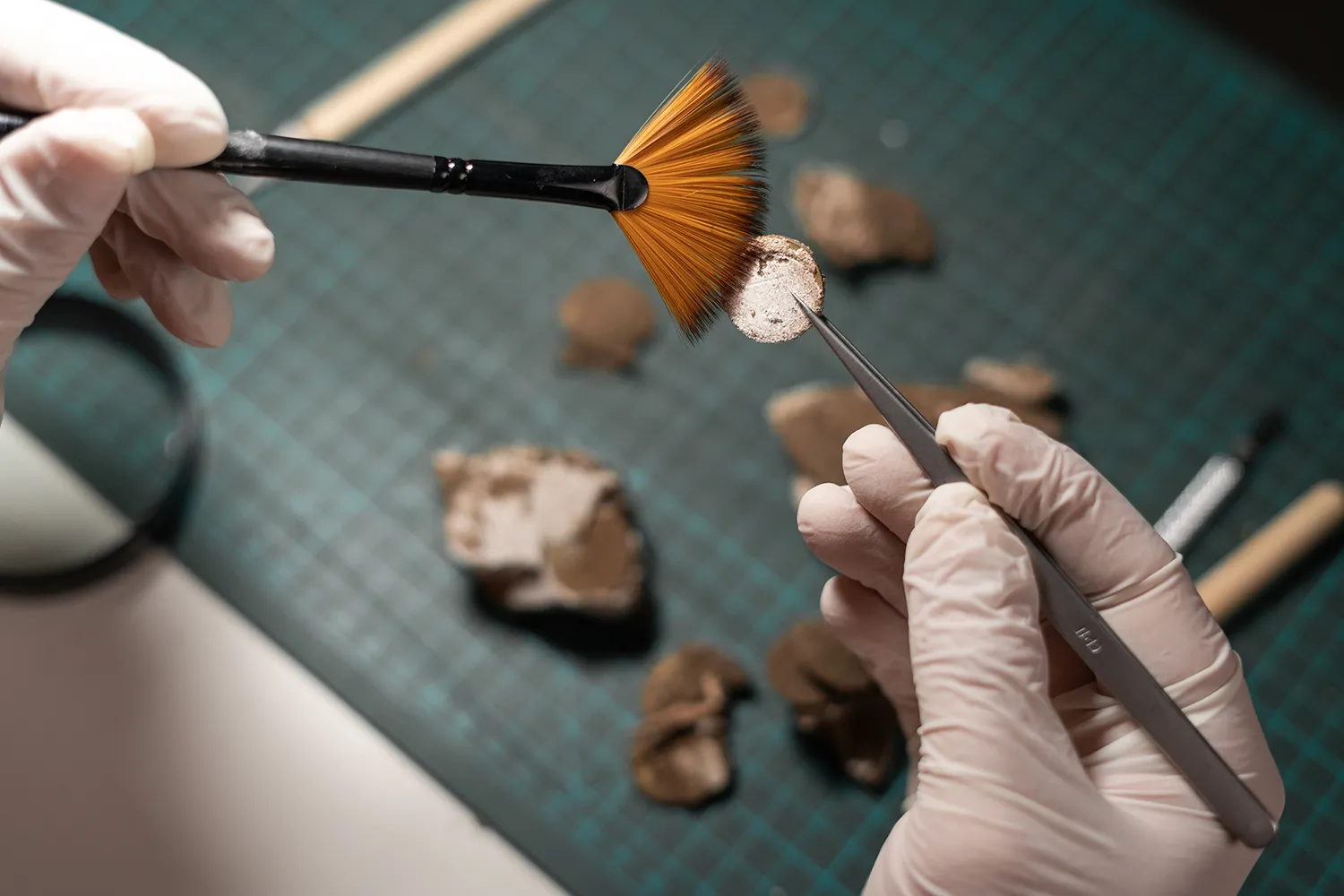
A new level of heritage preservation
The reconstruction of the Tashtyk mask highlights Russia’s innovative approach to preserving cultural heritage. By combining 3D, AI, and digital radiography, the State Historical Museum demonstrates how science, technology, and art can work together to advance archaeology and museology. This experience could serve as the foundation for international projects aimed at safeguarding heritage on a larger scale. As generative neural networks evolve, restorations will become even more precise, opening new horizons for cultural preservation.


